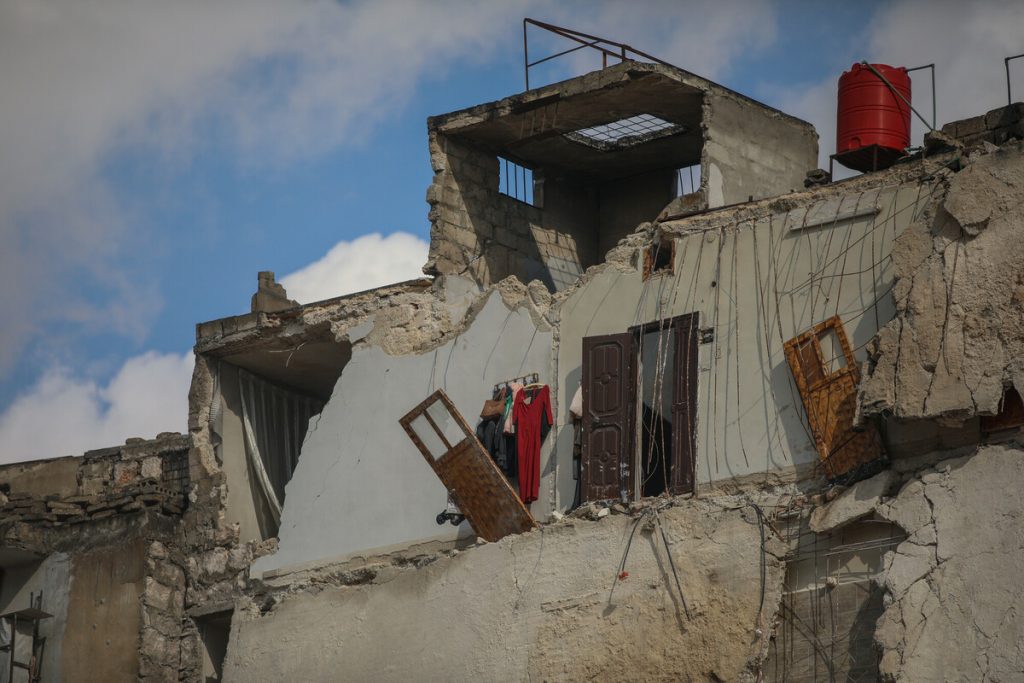Preventing a crisis in Somalia becoming a catastrophe
by Ed Pomfret
New emergencies seem to hit the world on a monthly basis. Right now we are grappling with situations in the DRC, South Sudan, Sudan, Central African Republic and Syria to name just a few. Having worked on many disasters for Oxfam from the Haiti earthquake to floods in Pakistan, and the food crisis in the Sahel to conflict in Congo,
I am all too aware that faced with such a barrage of suffering, it is extremely difficult for people to know how to react. This includes countries that regularly provide humanitarian funding for countries in crisis. There is only so much money to go around, and if you give funds to one country at the expense of another, it isn’t long before you have organisations (like Oxfam) knocking on the door reminding you of people facing desperate circumstances elsewhere.
You may not have seen much information about Somalia recently. Other emergencies command more media attention, and too often Somalia – following twenty years of civil war and recurrent drought – is written off as a problem that just rumbles on in the background. But it’s worth revisiting what is going on.
We must not turn away from the fact that Somalia is in crisis. Just this month we have seen the latest of several warnings that underperforming rains, displacement and ongoing conflict will result in food shortages and increased suffering. Despite this, the country remains on the backburner, with few donors putting it at the top of their list. The humanitarian fund for Somalia is only 12 percent funded so far this year.
22 organisations working in Somalia, have gathered new information highlighting what people really face. The bare statistics are extreme:
- 2.9 million Somalis are in humanitarian crisis.
- 50,000 children are severely malnourished and at death’s door.
- Women in Somalia face the second highest risk of maternal death in the world, and babies are at the highest risk of dying on the day of their birth.
- 1.1 million people are displaced within the country and a further one million are refugees in neighbouring countries.
- Polio has returned, with 193 cases recorded in the last year.
- Just 30 percent of the population has access to clean drinking water and fewer than one in four people have access to adequate sanitation facilities.
The sad thing is that these figures are better than in previous years. But “better” is not the same as “success”. These figures and the others you can find in “Risk of Relapse: Somalia Crisis Alert” are as bad as you will find in many crises across the world.
Following the food crisis that happened in Somalia in 2011, Oxfam and Save the Children reviewed what had gone wrong in “Dangerous Delay: The cost of late response to early warnings in the 2011 drought in the Horn of Africa”. One of the most telling findings was that the international community as a whole (including the NGOs we work for) had responded far too late to early warnings of a looming calamity.
We need donors to find the money to deal with the situation in Somalia right away, including for example the lack of clean water and sanitation. The funding also needs to be flexible enough to respond to changing circumstances, and build the ability of people to deal with bad harvests. If we don’t act now, we risk the current crisis becoming a catastrophe.
Ed Pomfret is Oxfam International Somalia Campaign Manager
This blog originally appeared at blogs.oxfam.org
Backgrounder:
Risk of Relapse: Somalia Crisis Alert

